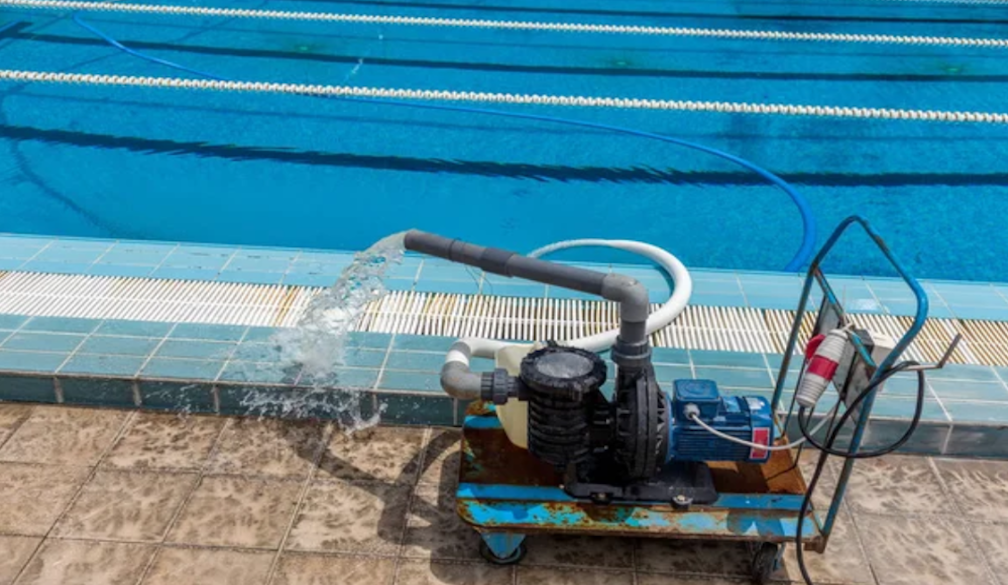How to pick the right sunscreen when you're blinded by choice
- Written by Katie Lee, Research assistant, The University of Queensland
There’s an enourmous variety of sunscreens to choose from. Major supermarkets each sell more than 60 options. And one large pharmacy chain sells more than 100.
So how do you choose sunscreen that’s right for you?
Read more: Inducing choice paralysis: how retailers bury customers in an avalanche of options
The big 4 must haves
Sunscreens need to tick these four major boxes:
The sun protection factor, or SPF, should be at least 30, preferably 50. SPF describes how much UV gets to the skin. SPF50 allows just 1/50th (2%) of the UV to reach the skin
Go for broad spectrum protection, which filters the full UV light spectrum. UVB rays (290-320nm wavelengths) are responsible for most sunburn and DNA damage, but UVA rays (320-400nm) also cause DNA damage and accelerate skin ageing
Aim for water resistant formulations, which stay on longer in sweaty conditions, and when exercising or swimming. But no sunscreen is completely waterproof
Make sure the sunscreen is approved in Australia. Approval from the Therapeutic Goods Administration (TGA) is the final must-have. All sunscreens for sale in Australia must meet the TGA’s requirements and will carry an AUST number on the packaging. They can only contain ingredients from an approved list that have been tested for safety and efficacy. And the SPF, water resistance and broad spectrum action must be established by testing on human skin. Sunscreens bought overseas don’t necessarily have these safeguards, so proceed with caution.
Once you’ve ticked off the big four, you can limit your options by how the sunscreen is delivered, its ingredients, and other factors.
Pump pack, roll-on or spray?
The sunscreen delivery system is more important than you might think. Sunscreen works best when you use lots — a teaspoon for each limb, a teaspoon each for your front and back, and a teaspoon for your face and neck.
This is easiest to achieve with pump packs or squeeze tubes. People apply far less sunscreen when they use a roll-on. Spray-on sunscreen is even worse; the TGA recommends you apply one-third of a whole can for proper coverage.
How to use sunscreen (Cancer Council)Look and feel, sensitive skin and kids
Now we get down to the finer choices in sunscreen, and they depend on your personal concerns and preferences. Here are a few common choices.
How to avoiding looking greasy
Greasiness is the most off-putting thing about sunscreen for many Australians.
But there are non-greasy formulations, often marketed as “dry-touch” or “matte finish”. These can be comparatively expensive, but worth it if greasiness is your main barrier to using sunscreen.
Your skin may still look shiny immediately after applying it. But it should return to a matte finish within 10-20 minutes as the sunscreen settles into the epidermis, the outer layer of the skin.
How about sunscreen for sensitive or acne-prone skin?
Sensitive skin is irritated by a wide variety of cosmetics, lotions and fragrances. So, you can use ones marketed as kids’ sunscreen because these tend to be fragrance-free.
You can also choose sunscreens with ingredients such as zinc oxide or titanium dioxide, which partially reflect and also absorb UV rays.
Those so-called physical blockers are very unlikely to cause allergic or irritant rashes. But they appear white on the skin, unless you chose an option with nano-sized particles, which are invisible to the eye.
 Sunscreens containing zinc oxide or titanium oxide are unlikely to inflame sensitive skin.
from www.shutterstock.com
Sunscreens containing zinc oxide or titanium oxide are unlikely to inflame sensitive skin.
from www.shutterstock.com
If your skin is prone to acne, good options are lotions or gels, rather than creams, and products marked oil-free or non-comedogenic.
Sensitive and acne-prone skin is often limited to the face and neck, so it can be cheaper to have a specialist sunscreen for those parts and a cheaper one for the rest of your body.
Sunscreen allergies are rarer but do affect up to 3% of people. They’re generally caused by a single sunscreen component, usually preservatives or fragrances. A dermatologist can patch test individual ingredients, which you can then avoid by checking labels.
What’s the best sunscreen for my kids?
Parents worry about the effects of both UV exposure and chemical exposure. And of course, small children can be pretty anti-sunscreen.
All Australian sunscreen chemicals are approved by the TGA and are recommended for daily use, even on kids. Plus, many kids’ sunscreens are made with sensitive skin in mind, because skin sensitivity is more common in young children. If your child doesn’t have sensitive skin (skin that reacts with itching or burning sensations to a wide range of body care products), adult sunscreens are fine too.
However, babies under six months old need a physical blocker sunscreen.
What not to do
The Cancer Council and the TGA strongly recommend against homemade sunscreens.
Natural oils and other ingredients promoted in recipes found online generally have a low SPF. And, as they have not been tested for causing irritation, can react unpredictably with the skin.
Cosmetics that contain sunscreen, such as lipstick or foundation with an SPF rating, are not regulated as tightly as regular sunscreens in Australia.
Cosmetics with an SPF 30 or higher can have good protection when you first apply them. But like regular sunscreens, they need to be reapplied throughout the day. That’s not something we usually do, unless you’re going for the caked-on look.
Read more: Explainer: what happens to your skin when you get sunburnt?
Authors: Katie Lee, Research assistant, The University of Queensland
Read more http://theconversation.com/how-to-pick-the-right-sunscreen-when-youre-blinded-by-choice-125881



















